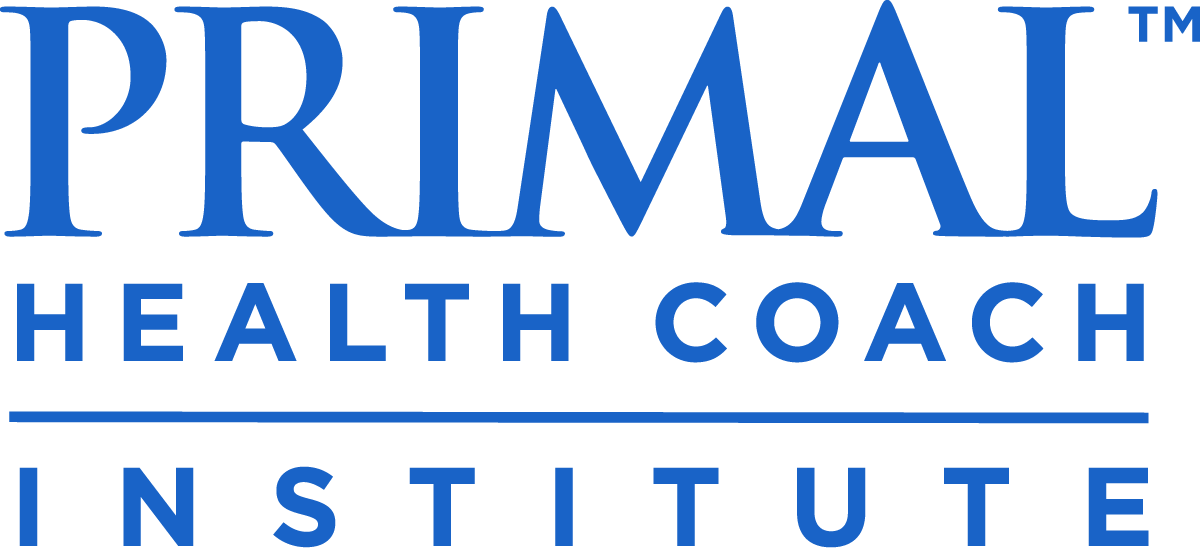
Is there anything more enjoyable than a great story? A compelling story can pull at your heartstrings and can stay in your mind for days, but what makes a memorable story so enthralling? We have recently discussed how storytelling can be used to land new clients. Here we will discuss 6 keys to developing your personal brand story and how to craft your story to attract clients.
1. Find your focus
Before you put pen to paper, take time to reflect on your own health journey. Pick an event and think about the circumstances that led to a result, a consequence, or a lesson learned. For example, was there a life-changing moment that kick-started your primal health journey? Was there a particular moment when you decided to stop trying new fad diets and living on restricted calories? Find your focus and remember to keep your target audience in mind.
2. Start with an outline
The best way to craft your story is to jot down a few key concepts and ideas, as this will help organize your thoughts. Remember to keep in mind the points you’re trying to get across with your story. You want your reader to know exactly what drives you and exactly what your business is about. Is your ideal client a mother wanting to regain control of her life and body after having children, or maybe your ideal client suffers from chronic inflammatory disease? Be mindful of how you want your audience to feel after reading your personal story. Motivated? Driven? Inspired? Make sure your outline includes story points that speak to these concepts, and fill in the gaps later.
3. Attract your reader with a strong opening
Your story does no one any good if it doesn’t get read, so start with a powerful opening statement that will grab the attention of the reader and give them a reason to continue reading. Avoid language like, “I’m going to start by telling you about my health journey.” Instead, use intrigue and suspense to draw your reader in. For example “Constant hunger. Constant guilt. Constant bloating. I had come to the end of my tether; it was time to take control of my life.” Try to appeal to your reader’s interest from the beginning.
4. Have a beginning, middle, and end
It’s essential to have a beginning, middle and an end to your story. Without this structure your story will have no focus and your audience will feel lost and lose interest. The beginning captures the reader’s attention and sets the mood for the whole story. A good beginning makes you want to read more. The middle is where the bulk of the story lies; it holds your audience’s attention. A good middle keeps the reader engaged and causes them to think about the ending. The end of the story is where the story comes to a close; it’s where lessons are learned and where conclusions are made.
5. Use conflict, climax, and resolution to make your story more compelling
It’s essential to write your story with conflict, climax and resolution in mind. Including these concepts will give your story structure, will help build an emotional connection with your audience and will leave them feeling satisfied at the end of your story.
Conflict will provide your story with direction and should be introduced very early into your story. The most conventional conflict used in storytelling is that of good versus evil. The “good” could be your desire to live a healthier life and the “evil” could be the obstacles in your way, like the Standard American Diet, over-working or even over-exercising. Introducing conflict early into your story will engage your audience and draw them into your narrative. The conflict in your story must build as your story continues. Your audience will develop an emotional connection to you and your story and they will be compelled to want to know more.
The climax is the emotional high point of the story. This is where the conflict in your story comes to a head. The problem that you have been facing must build towards an intense “aha moment”. Maybe your poor diet and poor lifestyle choices lead to a debilitating illness, or maybe your intense work hours or chronic exercise patterns lead to your inevitable burn out. The conflict that you introduced at the beginning of your story must reach a breaking point or your story will stagnate, leaving your audience feeling dissatisfied and disengaged.
Following the climax, you must finish your story with resolution. Don’t leave your audience hanging as they will feel disconnected from your story and they may even feel betrayed; your story must have closure. For example, you may end your story describing your introduction to a primal lifestyle and how it solved many or all of your health problems. Try and end your story with an uplifting tone, as how you resolve your story will ultimately determine how your audience will feel when they reach the end.
6. Speak from the heart
When crafting your personal health story the key is to shy away from being generic and dull. Stories that attract clients are those that are personal and come from a vulnerable place. It’s through the sharing of personal details that potential clients can come to feel a connection with you. So it’s imperative to be authentic and speak directly from the heart. Your personal story should be true to who you are, and what your story has been. If you approach writing your story with this in mind it will have a better chance of coming off as genuine, and actually making the reader feel something.
Your ultimate goal of sharing your personal health story is to make sure you stand out amongst all the other Health Coaches and services that are advertising on the web and/or in your local area. Crafting your personal health story is a great way to display your unique skills and interests, and land clients. So if you don’t already have a personal brand story, don’t hesitate. Start your outline today.



